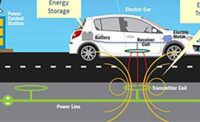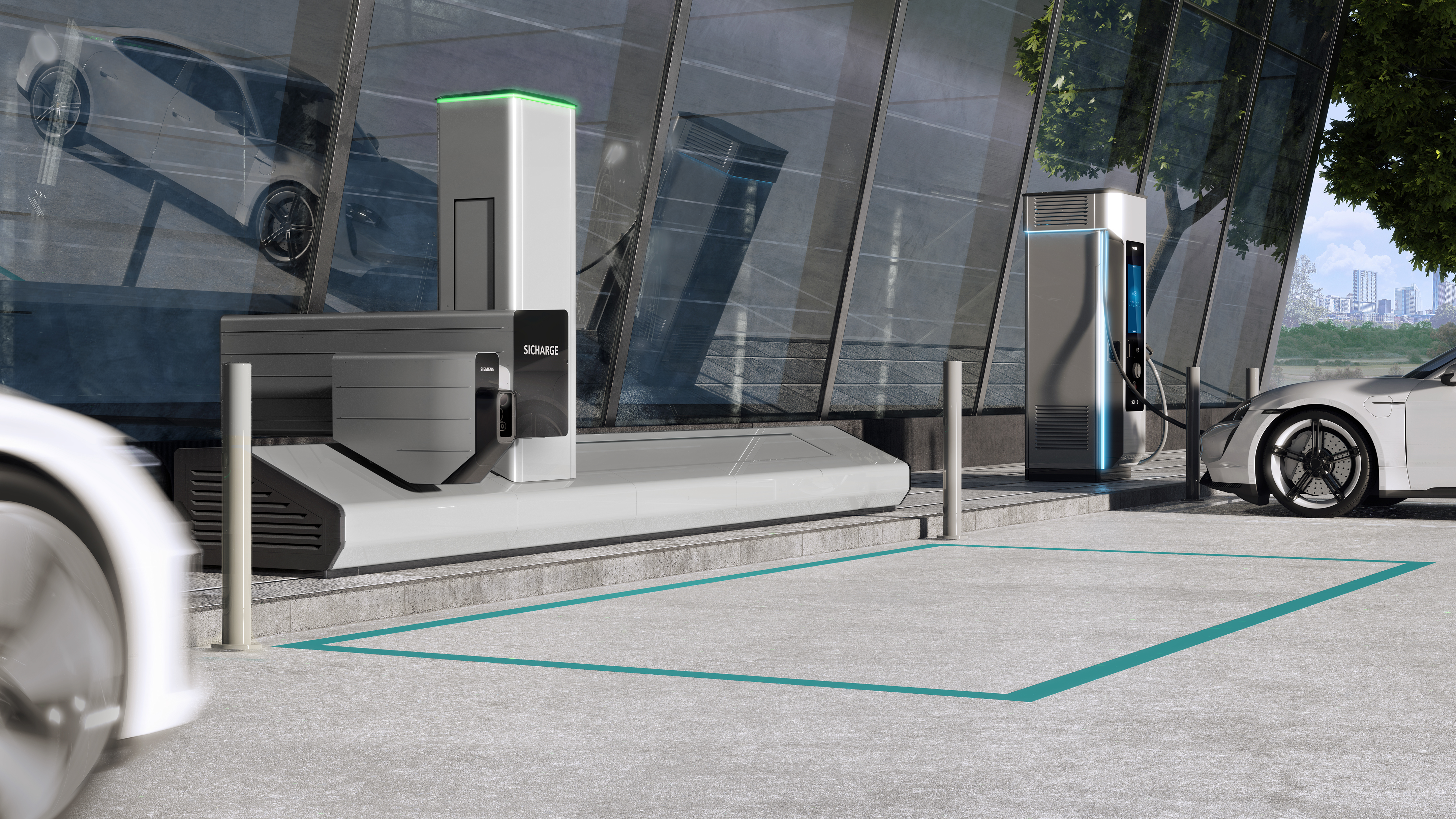WEST LAFAYETTE, IN—Indiana calls itself the “Crossroads of America.” Within the next five years, it hopes to electrify a section of one of the interstate highways that traverse the Hoosier State.
Engineers at Purdue University and the Indiana Department of Transportation are developing a way for electric vehicles to wirelessly charge while driving on highways. As a first step in the project, they recently installed a quarter-mile test bed that will evaluate how well a patent-pending system can provide power to heavy-duty electric trucks traveling at highway speeds.
The Purdue-designed wireless charging system is intended to work at power levels much higher than what has already been demonstrated elsewhere in the United States. By accommodating the higher power needs for heavy-duty vehicles, the design is also able to support the lower power needs of cars, motorcycles, vans and other types of vehicles.
“The so-called ‘middle mile’ of the supply chain, which refers to all the travel heavy-duty trucks have to do to carry goods from one major location to another, is the most challenging part of the transportation sector to decarbonize,” says Nadia Gkritza, Ph.D., a professor of civil engineering at Purdue.
If battery-powerd trucks could charge or maintain their state-of-charge using highways, Gkritza believes their batteries could be smaller in size and they could carry more cargo, significantly reducing the costs of using EVs for freight transportation.
The technology that Gkritza and her colleagues are developing would enable highway pavement to provide power to EVs similarly to how newer smartphones use magnetic fields to wirelessly charge when placed on a pad. In the wireless charging system, transmitter coils would be installed in specially dedicated lanes underneath normal pavement and send power to receiver coils attached to the underside of a vehicle.
Other wireless EV charging efforts are also using transmitter and receiver coils, but they haven’t been created for the higher power levels that heavy-duty trucks need. The Purdue-designed coils accommodate a wider power range so that commercial vehicles wouldn’t need multiple low-power receiver coils on their trailers to charge from the road, which has been proposed to meet the high-power demands. Instead, a single receiver coil assembly is placed under the tractor, greatly simplifying the overall system.




